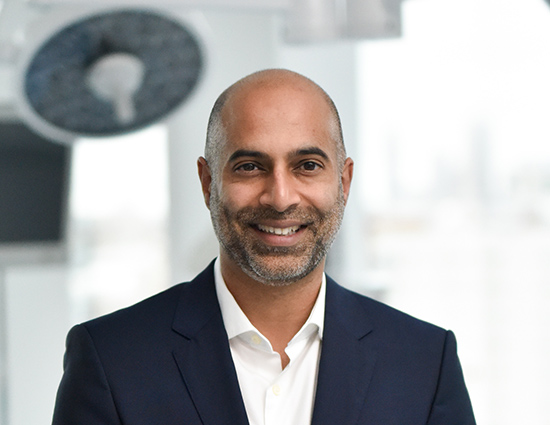With a focus on reducing the time required for a diagnosis, streamlining the diagnostic process and increasing useability, we are excited to help unleash the power of omics information in diagnosis and patient management.
Omics is the informal term for the various disciplines in biology whose names end in that suffix, including genomics, proteomics, metabolomics, metagenomics, phenomics and transcriptomics. Its technologies have revolutionised clinical research. The ability to measure information within cells including DNA and RNA and the products produced by cells, proteins, exosomes, genes and so on, is allowing true insights into living biology.
The increase in knowledge accessible to researchers and clinicians is incredible – we’re no longer visualising sections of tissue from a largely structural point of view. Instead, we’re able to augment these with fingerprints of the actual processes being undertaken. In addition, the ability to undertake whole genome sequencing is providing a route to unlocking the diagnosis of rare diseases.
Slow adoption of omics
Pathologists and clinicians in the omics space are generally convinced this extra information can greatly improve our understanding of patients and diseases, as well as the identification of the most suitable treatments. But many of them are frustrated by the slowness of clinical adoption. It seems clear that the new information is both relevant and powerful – so why is such progress so sluggish?
In many ways the raft of new omics technologies is a victim of its own success. It produces so much more information than was currently available, yet it can be difficult to know how to interpret it. While AI and ML are identifying routes to classify potential markers of disease, it is generally at a level of complexity higher than traditional regulated medical channels are accustomed to dealing with. This leads to both regulatory complexities and acceptance issues in a justifiably conservative world.
In reality, the clinicians working at the leading edge of this new set of technologies should not feel disheartened – this is a common feature of technology adoption even outside the field of medicine. Ultrasound, for example, was developed in the 1950s but it took until the late 70s and 80s to be widely adopted. It is now unthinkable for a woman to go through pregnancy without undertaking multiple ultrasound scans.
High on the list of conditions required for a technology to be adopted are ease of use, cost and compatibility with existing systems. Cost is both in terms of capital cost but also in time. Indeed, while many omics systems are falling in terms of cost per sample the elapsed time is still high enough to cause bottlenecks and increased staff costs.
The cost issue is being addressed but it will require the leveraging of deep tech to provide order-of-magnitude reductions in equipment, reagent and critical time. Just doing the same chemistry and processes more efficiently will not produce the target of ‘less than one hour to gain a useful result’. This is a number I have heard tech leaders in the industry refer to as the game changer.
Digital microfluidics, photonics and quantum sensors
To achieve this level of increase, key advances are necessary. They include massive parallelisation of processing, utilising technologies such as digital microfluidics to handle components within the processing pipeline. This needs to be coupled with on-chip photonics to provide the density of sensing required, quantum sensors to decrease signal requirements, and local ML to mitigate data transfer requirements.
Ease of use will follow from these developments as the use cases of specific devices become tighter, such as tumour stratification versus bacteria identification. Lastly, compatibility with existing systems will improve as the adoption of omics brings large medical device companies, who also maintain clinical systems, further into the field.
The team here at CC is confident we can achieve a faster journey to adoption than the likes of ultrasound. We’re actively working with ambitious clients in the space, applying our deep tech expertise to simplify and reduce the time cost of extracting that vital omics information. If you’d like to delve deeper into the incredible potential of omics for diagnosis and disease management, please contact me. It would be great to hear from you.
Expert authors
Dr Symon Cotton, our Head of Life Sciences, is an experienced medical device developer working with numerous companies to develop innovative medical devices, leveraging the intersection of engineering, biology and computation.





